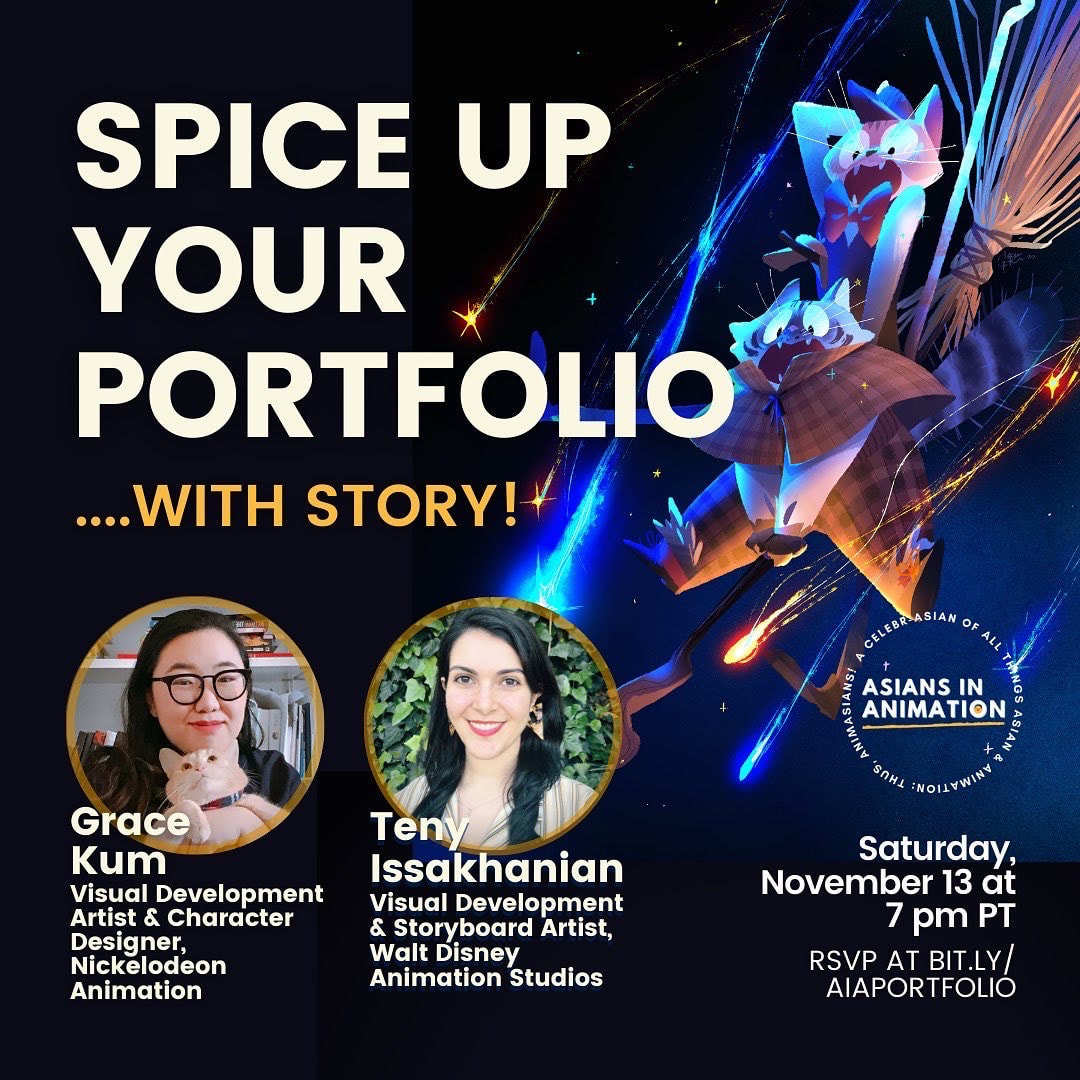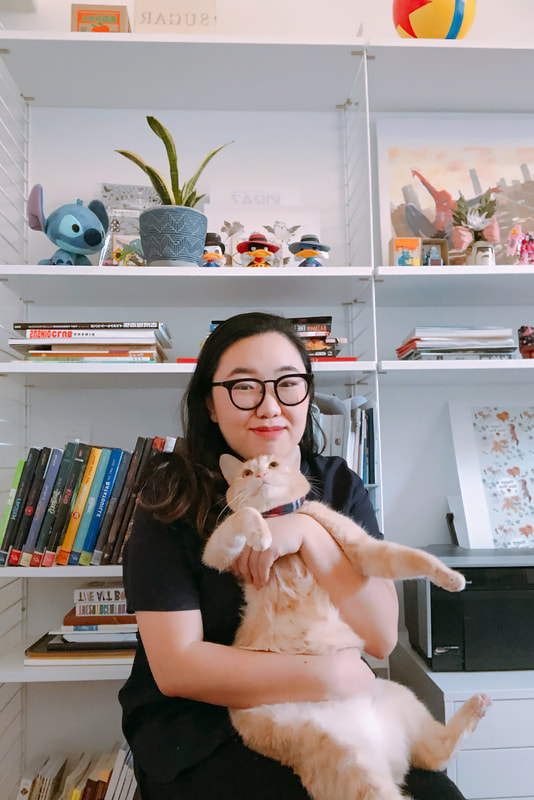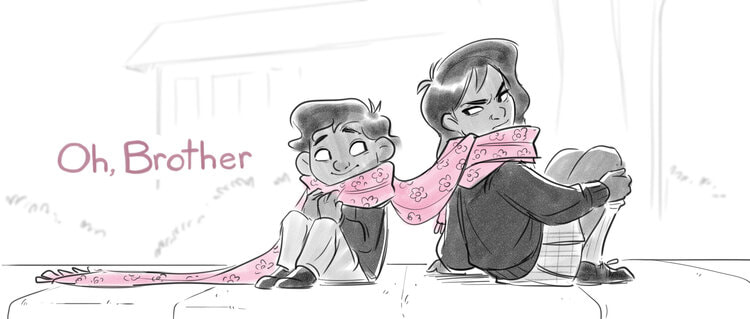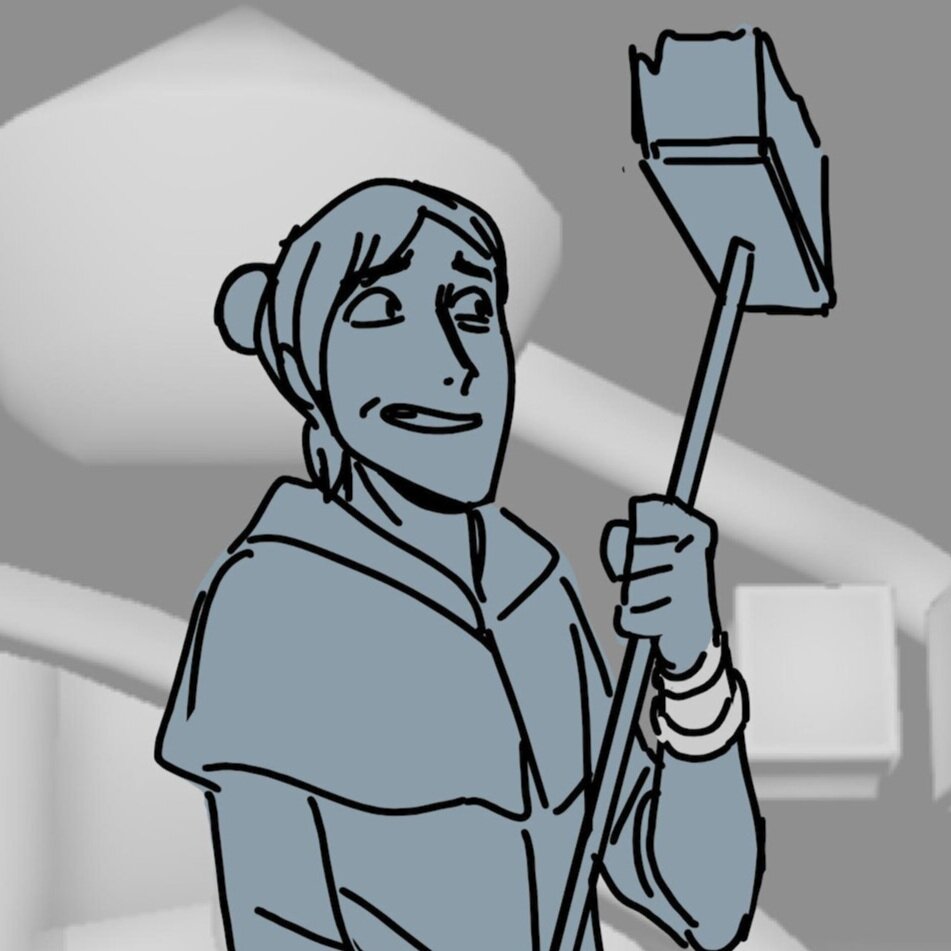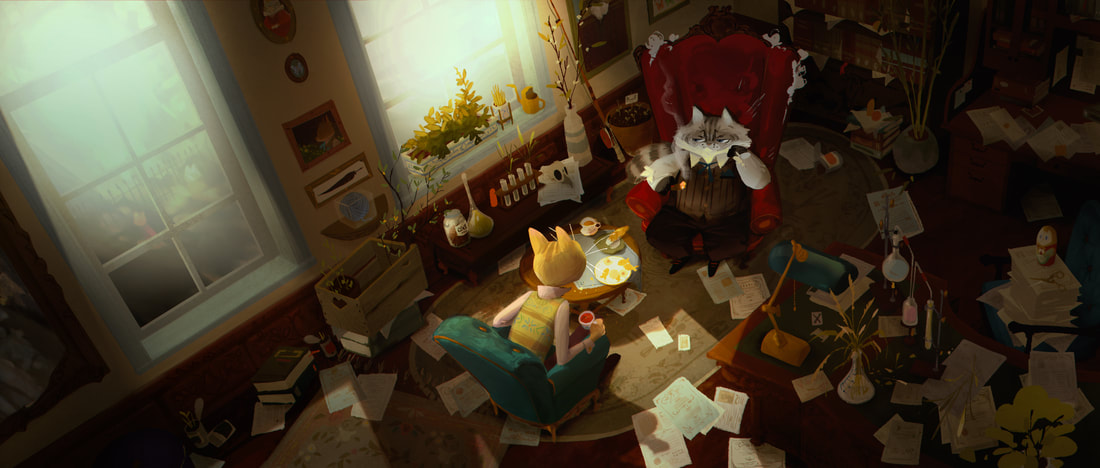About The Event
|
Having worked on some of your favorite animated shows in the past decade at major studios across the industry (DreamWorks Animation, Walt Disney Animation Studios, Disney Television Animation, Netflix Animation, and Cartoon Network - just to name a few!), join Grace Kum and Teny Issakhanian as they spill the secrets on strengthening your portfolio - with story!
Learn more about the portfolio tips and tricks that have fueled their combined 13+ years in animation, letting your art do the talking, what productions look for in hiring their artists, and how to make the portfolio creation process a little easier! ART PROVIDED COURTESY OF GRACE KUM AND TENY ISSAKHANIAN Friday, NOVEMBER 13TH @ 7 PM PT/10 PM ET Team Members: Alisha Syed, Kristian Bansil |


